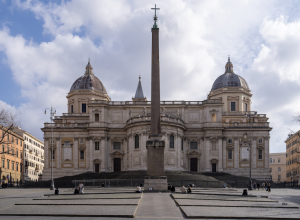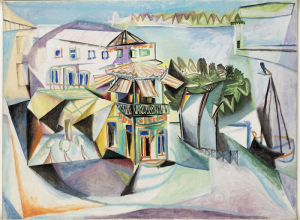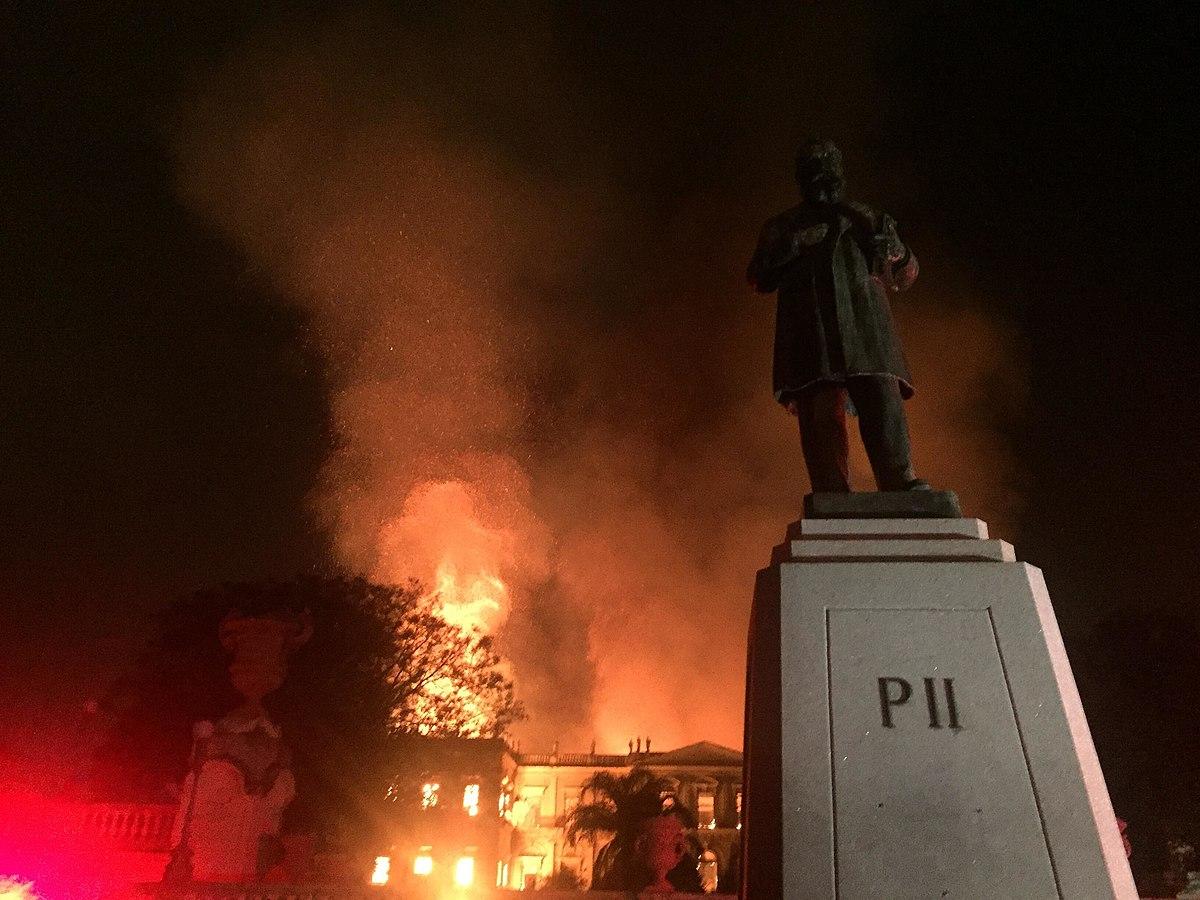
As the world mourns the loss of the Brazil National Museum to a monumental fire, we look back on some of the greatest losses to humanity’s art and cultural heritage.
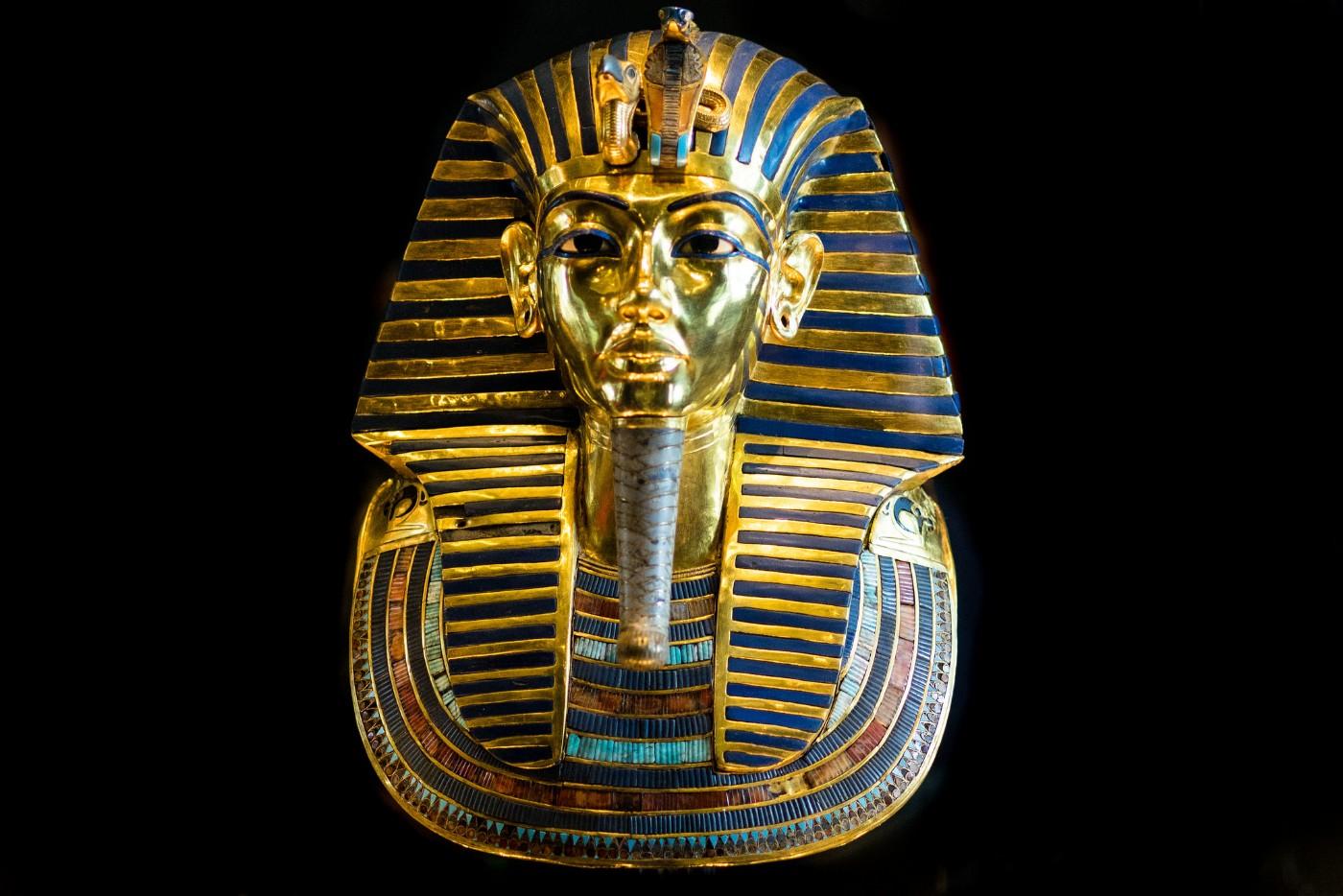
Cairo Museum Looting
In 2011, the Museum of Egyptian Antiquities found itself in the middle of a revolution. As Egyptians in Cairo and across the country took to the streets to protest the repressive government of President Hosni Mubarak, protests turned violent and chaos broke out. As more than two million citizens protested in Cairo, the Egyptian Museum was not spared from violence. Housing the world’s largest collection of Pharaonic antiquities, the museum’s collection includes precious sarcophagi and other valuable treasures. During the revolutionary protests, over 50 objects were stolen, and two mummies were destroyed. While many of the artifacts have been returned, the rare mummies were lost to history.
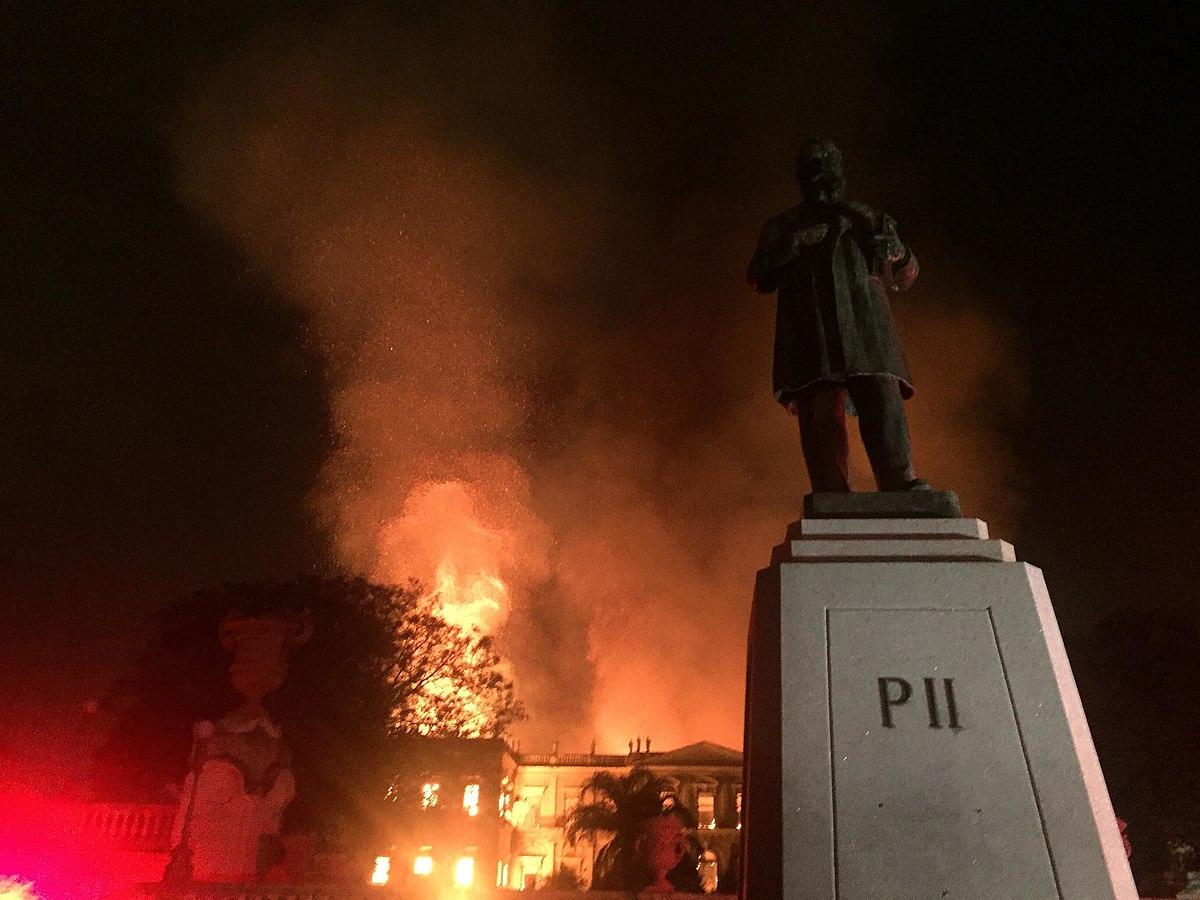
Burning of the Brazil National Museum
On the evening of Sunday, September 2, Brazil’s National Museum in Rio de Janeiro succumbed to a massive fire. The 200-year-old institution was the oldest scientific institution in Brazil and one of the largest museums of natural history and anthropology in the Americas. Housed in a former palace, their collection included 20 million specimens. Ranging from pre-Columbian works, Egyptian sarcophagi, to Lucy, the oldest human remains found in South America, the collections chronicled the history of Brazil and the world. It is not yet known what all was lost in the fire, and it appears that some collections may have been saved by virtue of having been stored off-site. The National Museum was a victim of chronic underfunding, and poor maintenance of the building may have contributed to the cause of the fire.
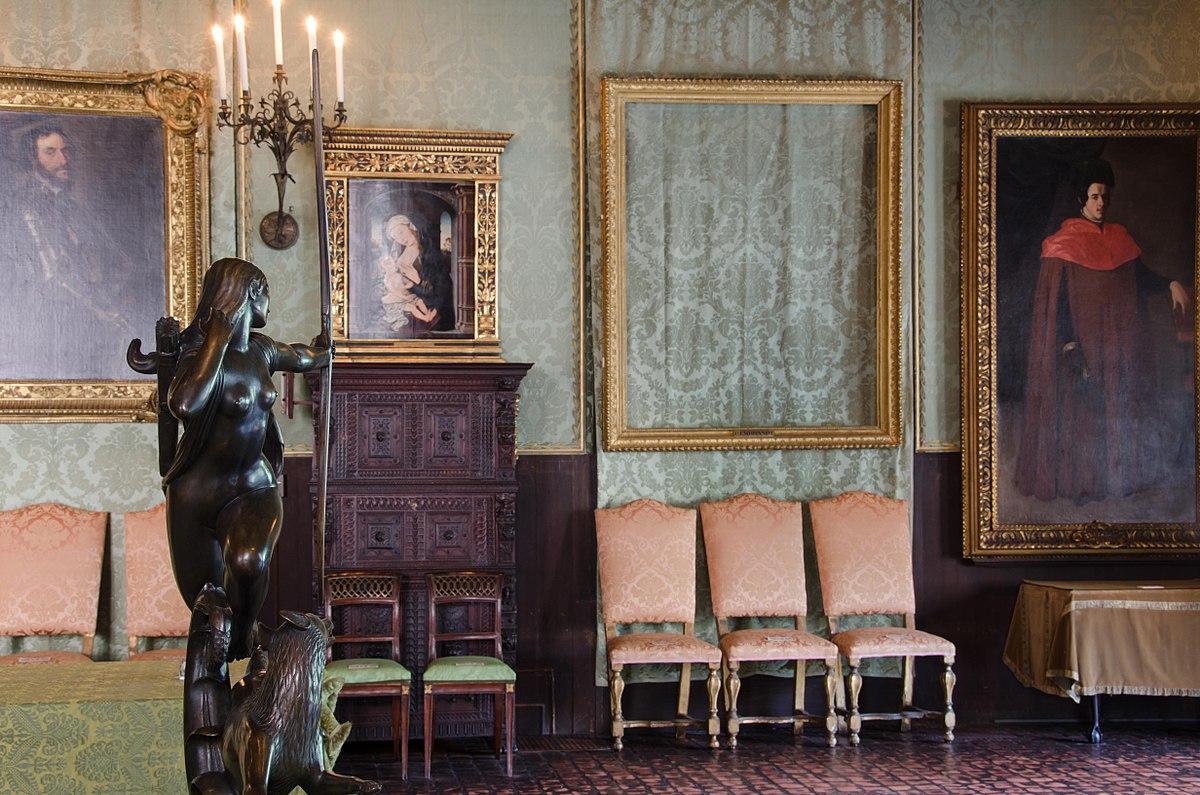
Theft at the Isabella Stewart Gardner Museum
One of the greatest art heists in history, the March 18, 1990, theft of 13 works of art from the Isabella Stewart Gardner Museum in Boston remains unsolved. Valued at a combined total of $500 million, works by Vermeer, Rembrandt, Degas, Manet, and Flinck, in addition to an antique Chinese bronze vessel, and a bronze eagle finial, comprise the most valuable robbery in history. Posing as police officers responding to an alarm, the thieves tricked a guard into letting them into the museum, handcuffed the guard, and 81 minutes later vanished into the night with their irreplaceable loot. The museum remains hopeful for the return of their works, leaving blank spaces on their walls and continuing to offer cash rewards for information leading to their return.
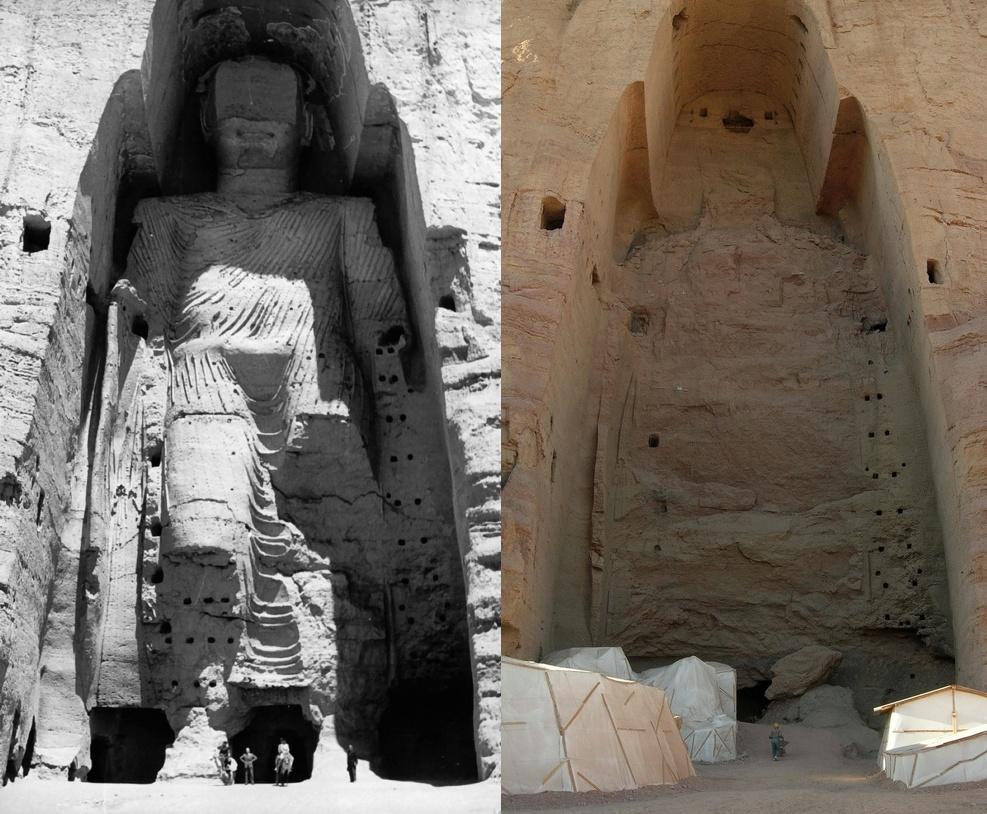
Taliban Destruction of the Buddhas of Bamiyan
For nearly 1500 years, the Buddhas of Bamiyan stood in the cliffs of the Bamyan valley in central Afghanistan. The 6th-century monumental statues of Gautam Buddha were carved into the sandstone cliffs, the details of their robes, hands, and faces added in stucco. The two statues stood 115 and 174 feet tall, and were Buddhist Holy Sites along the Silk Road. In 2001, the Taliban government of Afghanistan declared the statues idolatrous affronts to Islam, and in March, they were blasted with dynamite, destroying the statues. After their destruction, a series of 50 caves were discovered behind the statues, revealing 5th-century cave paintings. The post-Taliban government has since condemned the destruction, and there is a movement to rebuild the statues.
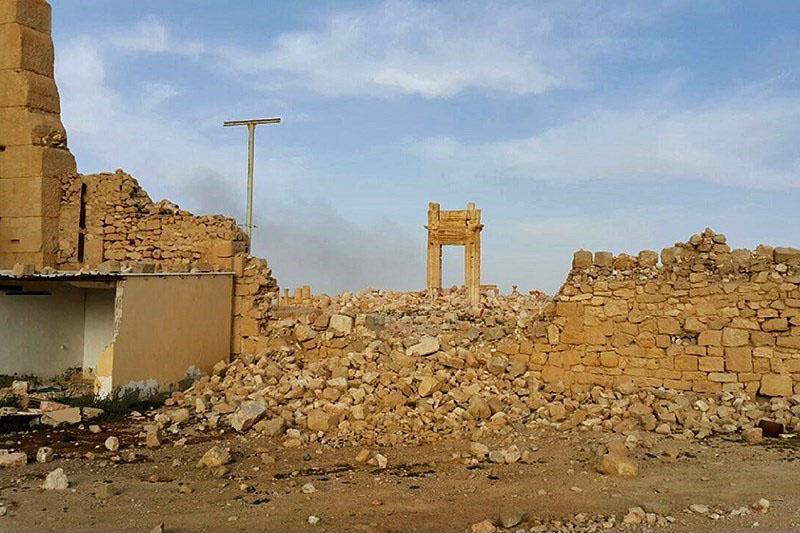
ISIL Bombing of Palmyra
In 2015, the Syrian city of Palmyra was taken by the insurgent armies of ISIL. The ancient city is home to multiple World Heritage Sites, including colonnades, the Temple of Bel (the remains of which are seen above), the Arc of Triumph, and the Roman theatre. Though ISIL initially claimed no intention of damaging the city, they soon began to systematically destroy the ancient sites including the Lion of Al-lāt, the 1st-century Temple of Baalshamin, ancient tombs, and the 2nd-century AD Tower of Elahbel. While the Syrian government insists they will restore the sites, the ongoing civil war makes any efforts difficult. Meanwhile, a repository of 3D images of Palmyra’s historic sites has been established to honor the great losses of the city.
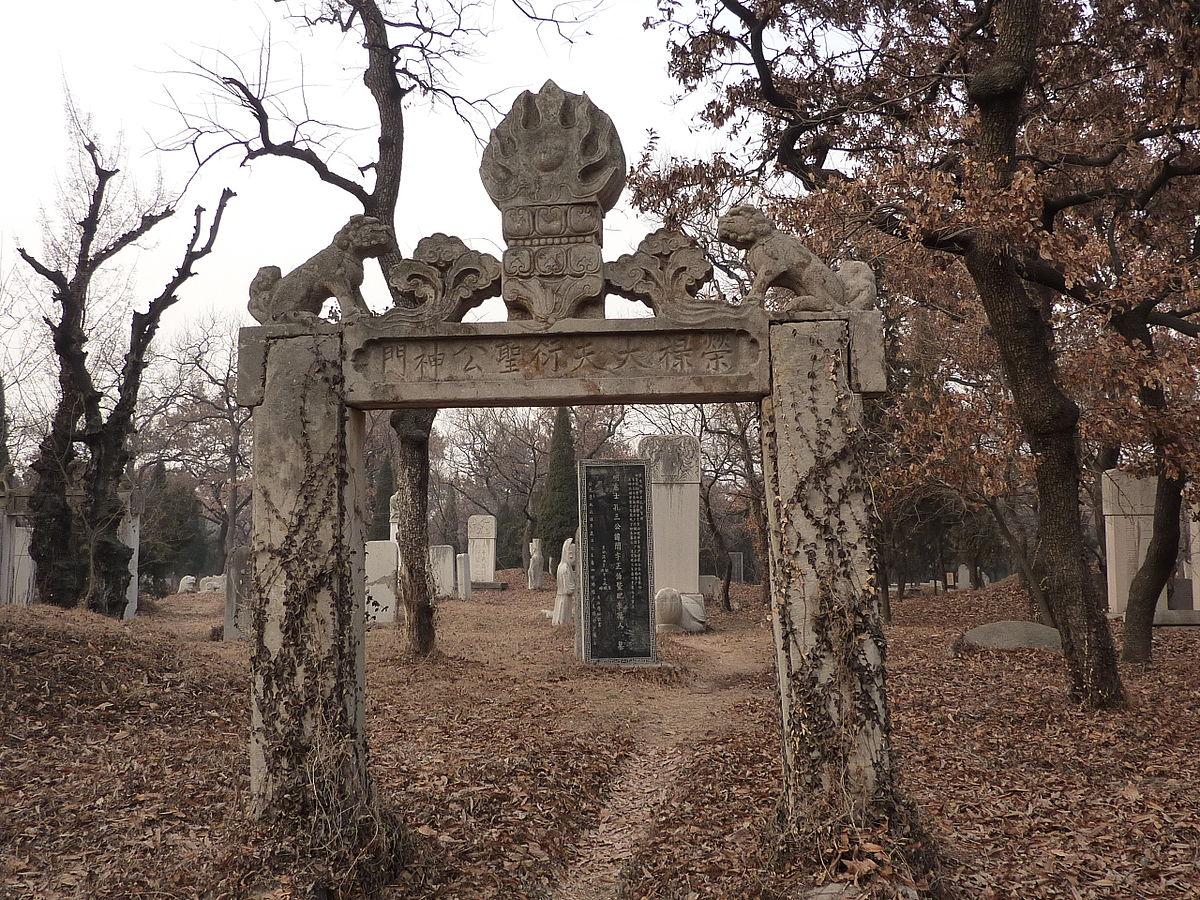
China's Cultural Revolution Destroys the Past
"Out with the old and in with the new" was a major credo of China’s Cultural Revolution of 1966-1976. Unfortunately, the old included priceless works of art and cultural heritage that Chairman Mao and his leaders believed were outdated. Dubbed "The Campaign to Destroy the Four Olds and Cultivate the Four News", the Red Army targeted people and objects that represented old customs, culture, habits and ideas. Anything not honoring the new ideals was deemed harmful and anti-proletariat, and was subject to destruction. Classical architecture, literature, and art were burned or otherwise obliterated, armies even desecrated and denounced the graves of former emperors, religious leaders, and Confucius (seen above). Thousands of years of history were lost, which has resulted in a thriving market for forgeries of Chinese antiquities.
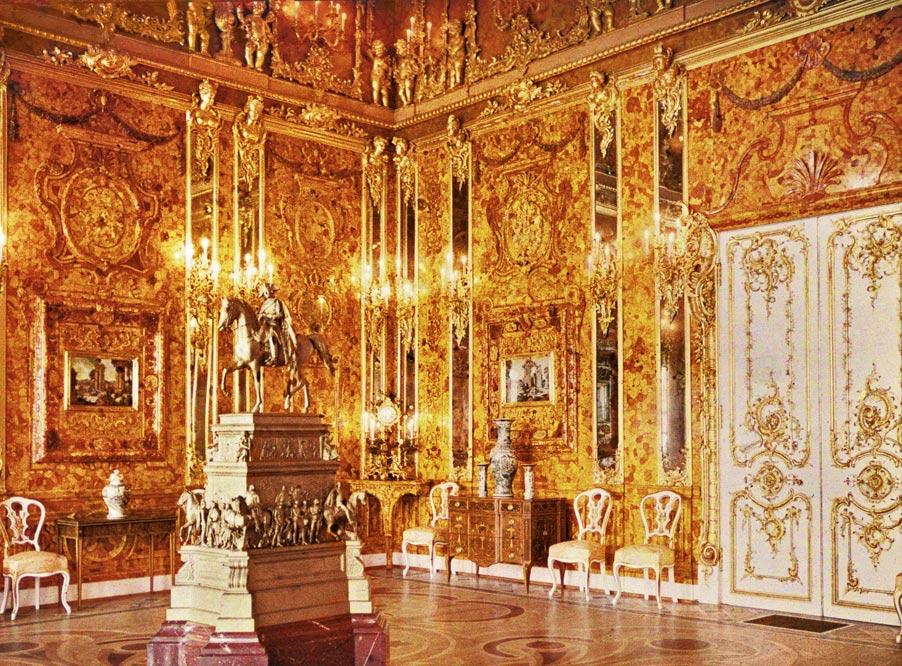
Nazi Looting of the Amber Room
Called the Eighth Wonder of the World, the legendary Amber Room was one of Russia’s greatest treasures, a priceless work of art including amber panels, precious stones, gold leaf and mirrors, combining with candlelight as a feast for the eyes. Created in the early 18th century in Prussia, it was given as a gift to Peter the Great in 1716. Installed over the course of 10 years at the Catherine Palace south of St Peterburg’s, the decadent room eventually contained over 13,000 pounds of amber, covering every surface in intricately carved designs. Though palace officials tried to hide the wall panels behind wallpaper, the invading German army of 1941 found, dismantled, and shipped the room to the Königsberg Castle in Germany, where it was briefly exhibited. After the Allied bombing of Königsberg in 1944, the room was lost. Though rumors that the lost treasure was secretly saved have circulated since then, experts now believe that the room was likely destroyed with the castle. The Russian government has painstakingly reconstructed the Amber Room at the Catherine Palace, and tourists may visit it today.
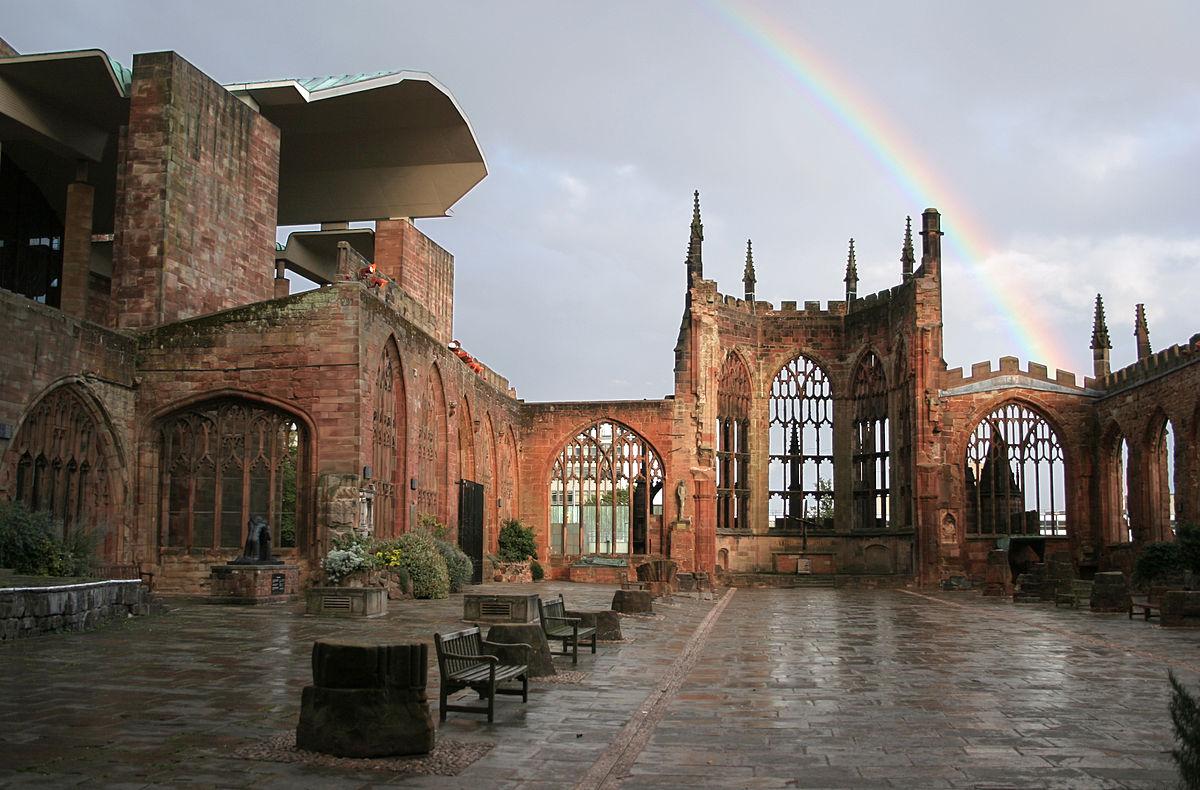
Bombing of the Conventry Cathedral
Once one of the largest parish churches in England, St Michael’s Cathedral’s Gothic spire towered over Coventry. Built in the 15th Century, today only the tower, spire, outer wall, and tomb of its first bishop survive. On November 14, 1940, the Nazis began a strategic bombing campaign against Coventry, hoping to dismantle the city's engine and munition factories. Though the city had been bombed previously, the November, 14 bombing was the most destructive, destroying much of the city, cathedral, and killing over 500 people. Today the bombed out shell of the cathedral is a historic site. A stunning modern cathedral stands nearby.
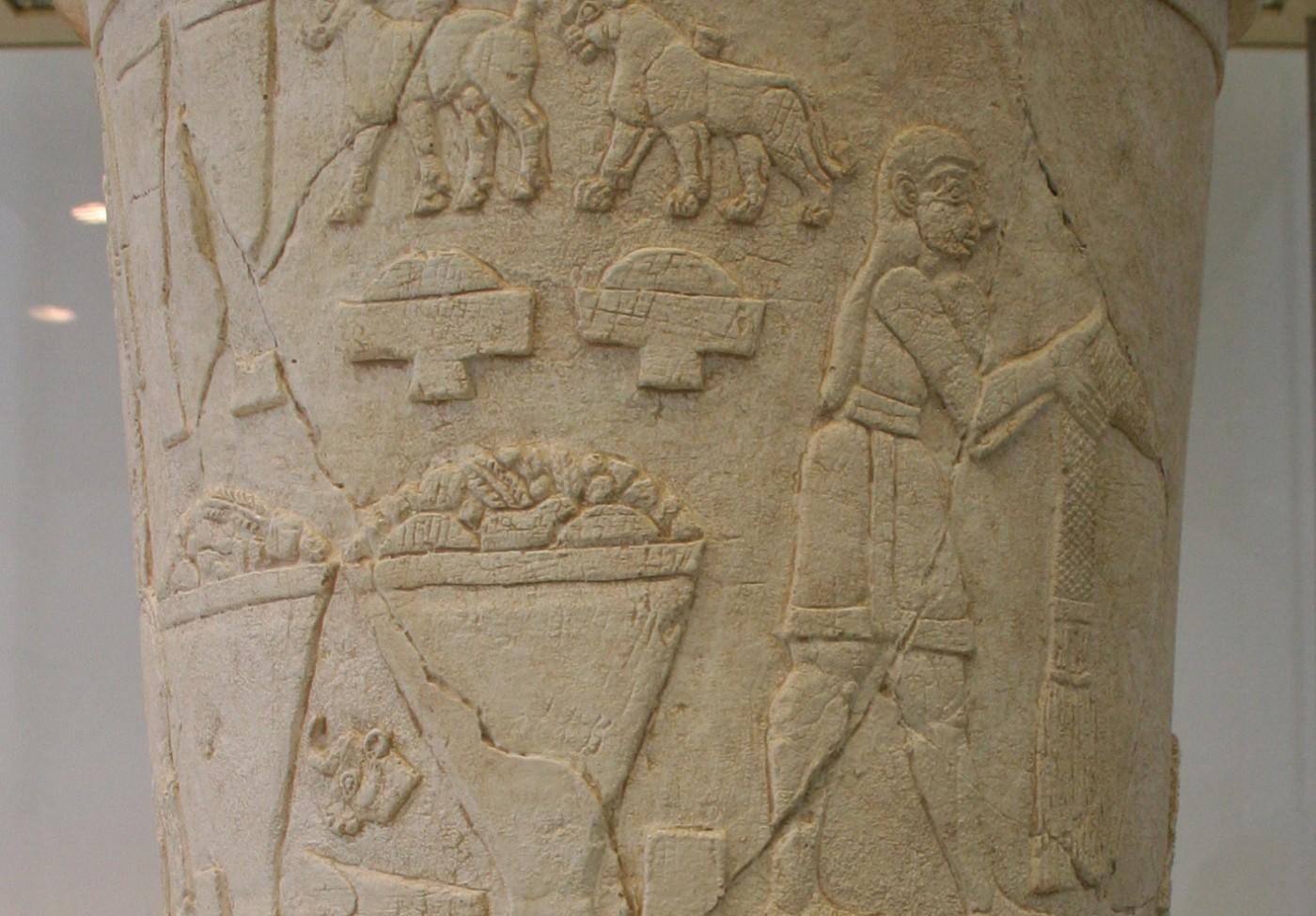
Looting of the National Museum of Iraq
Located in Baghdad, the National Museum of Iraq once held a collection of priceless relics from the Mesopotamian, Babylonian, and Persian civilizations, including important ancient sculptures, manuscripts, jewels, and gold. As the Iraq war began in March of 2003, museum staff did their best to secure works for the anticipated turmoil. Despite their best efforts, by the end of April, extensive looting had taken place. Among the tens of thousands of items stolen was a 5,000-year-old Sumerian alabaster piece, the Warka Vase (shown in detail above), which was eventually returned to the museum in pieces. An international effort amongst law enforcement and antiquities experts has lead to the return of many works, though thousands remain unrecovered.

Cairo Museum Looting
In 2011, the Museum of Egyptian Antiquities found itself in the middle of a revolution. As Egyptians in Cairo and across the country took to the streets to protest the repressive government of President Hosni Mubarak, protests turned violent and chaos broke out. As more than two million citizens protested in Cairo, the Egyptian Museum was not spared from violence. Housing the world’s largest collection of Pharaonic antiquities, the museum’s collection includes precious sarcophagi and other valuable treasures. During the revolutionary protests, over 50 objects were stolen, and two mummies were destroyed. While many of the artifacts have been returned, the rare mummies were lost to history.

Burning of the Brazil National Museum
On the evening of Sunday, September 2, Brazil’s National Museum in Rio de Janeiro succumbed to a massive fire. The 200-year-old institution was the oldest scientific institution in Brazil and one of the largest museums of natural history and anthropology in the Americas. Housed in a former palace, their collection included 20 million specimens. Ranging from pre-Columbian works, Egyptian sarcophagi, to Lucy, the oldest human remains found in South America, the collections chronicled the history of Brazil and the world. It is not yet known what all was lost in the fire, and it appears that some collections may have been saved by virtue of having been stored off-site. The National Museum was a victim of chronic underfunding, and poor maintenance of the building may have contributed to the cause of the fire.
Chandra Noyes
Chandra Noyes is the former Managing Editor for Art & Object.






